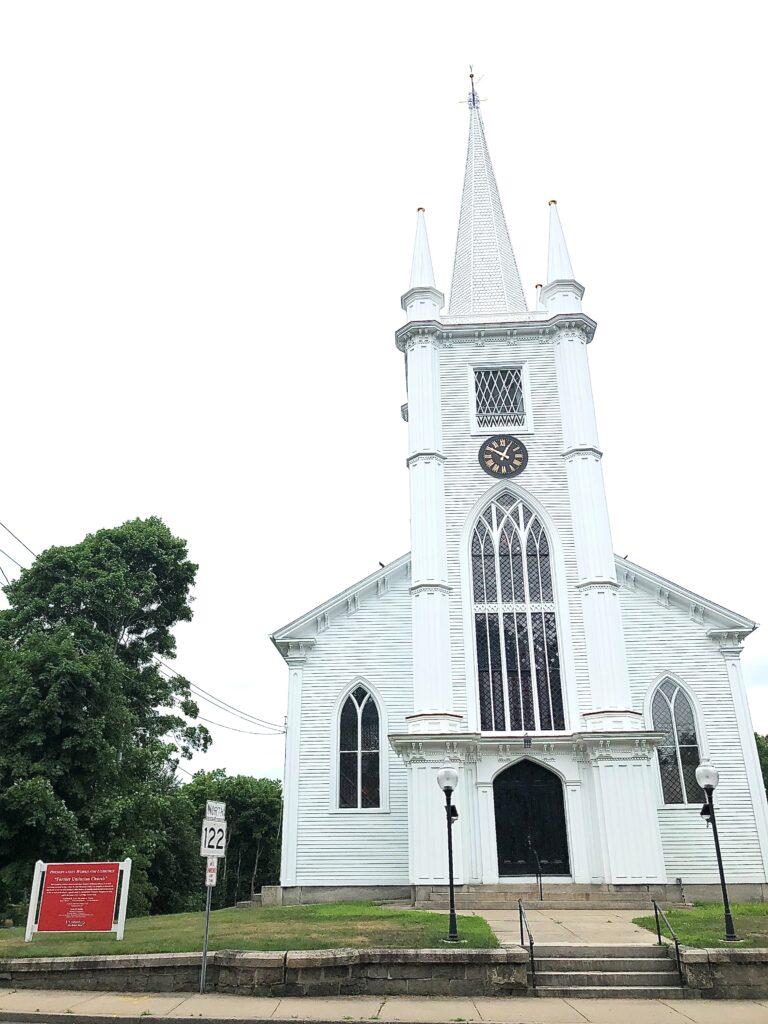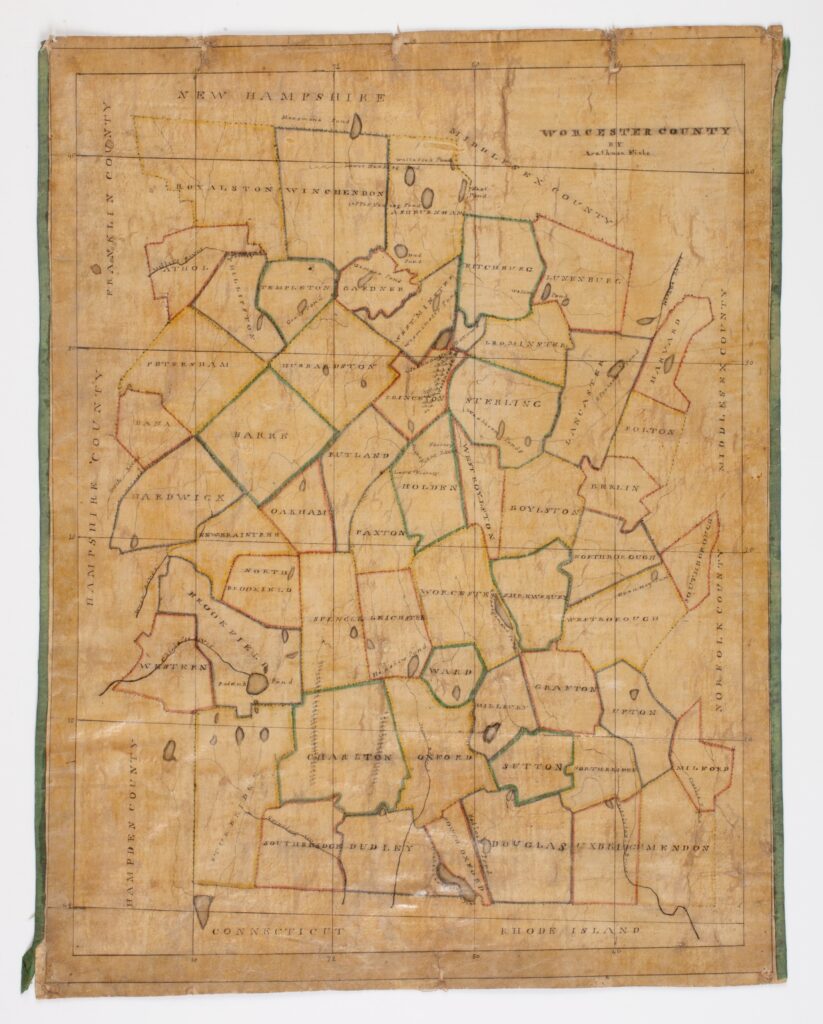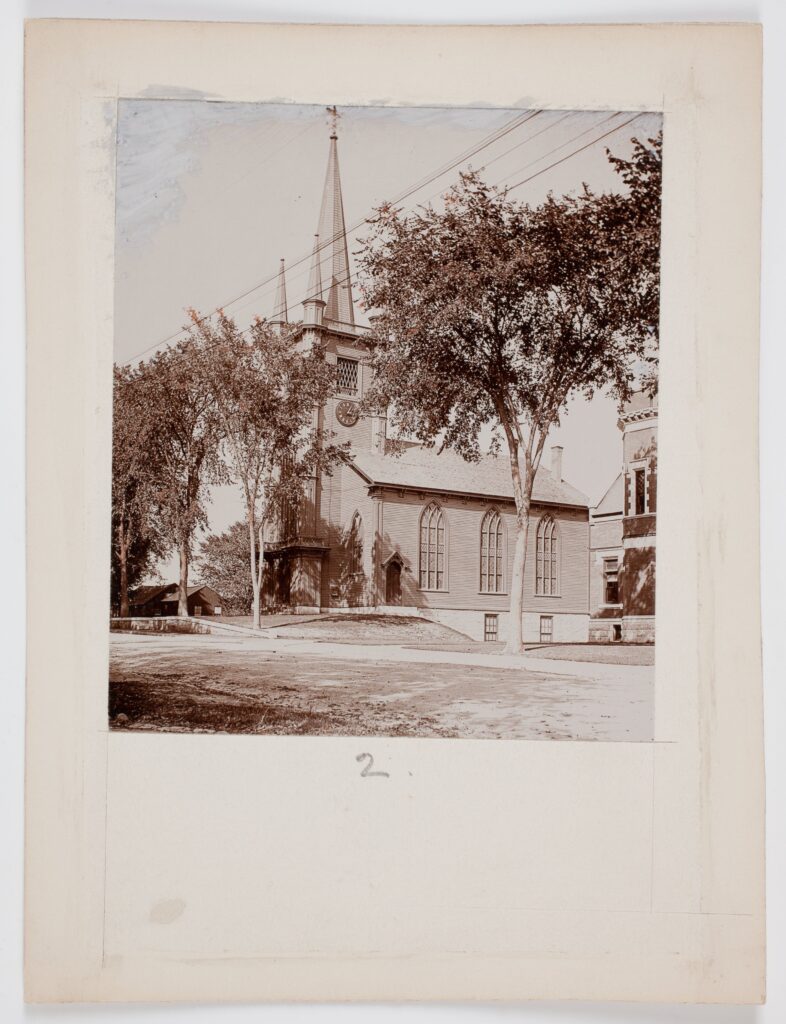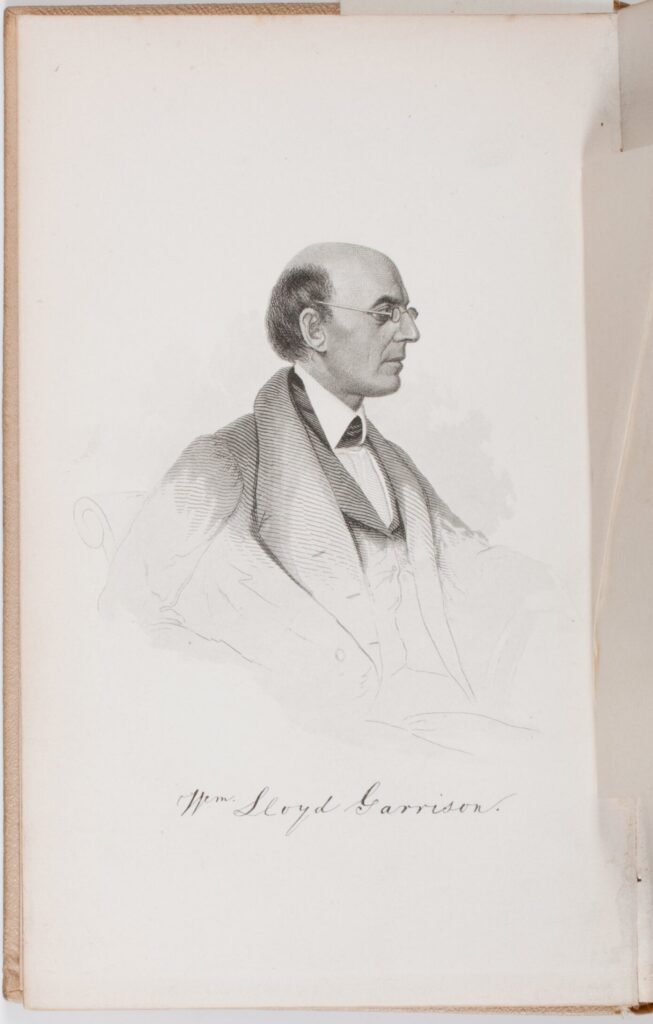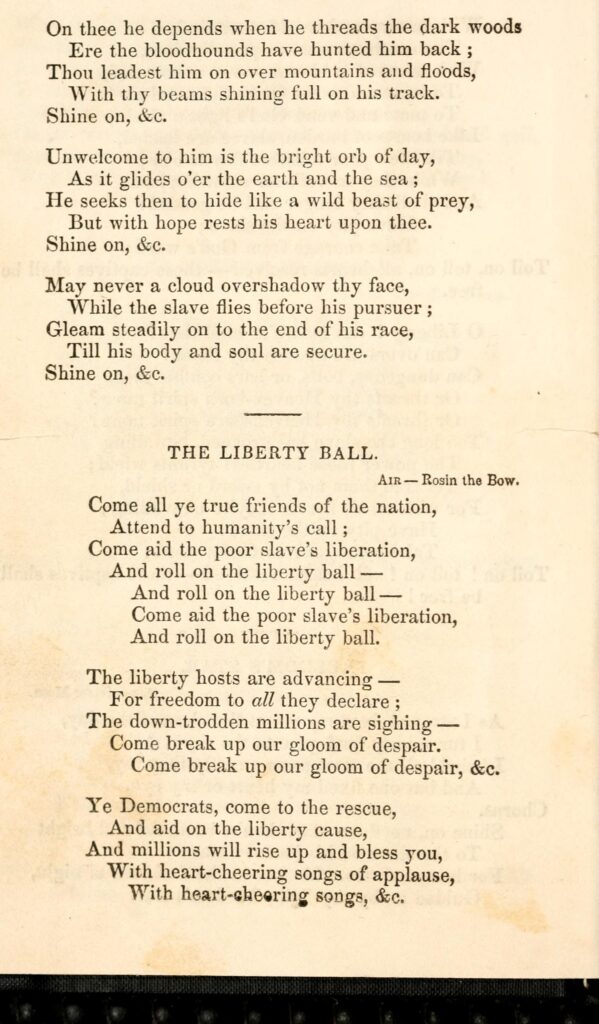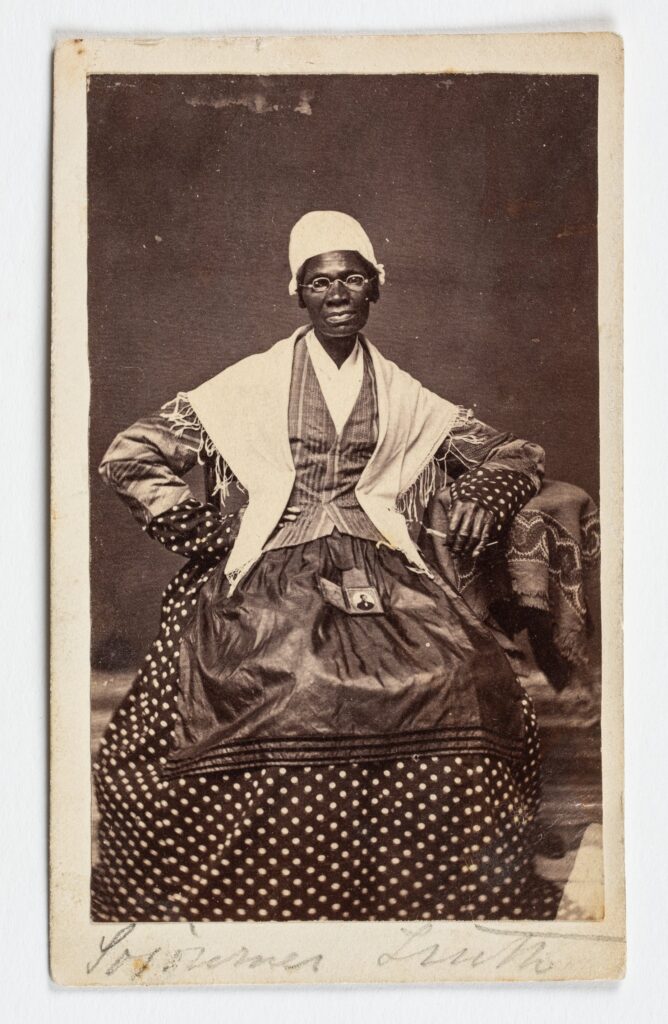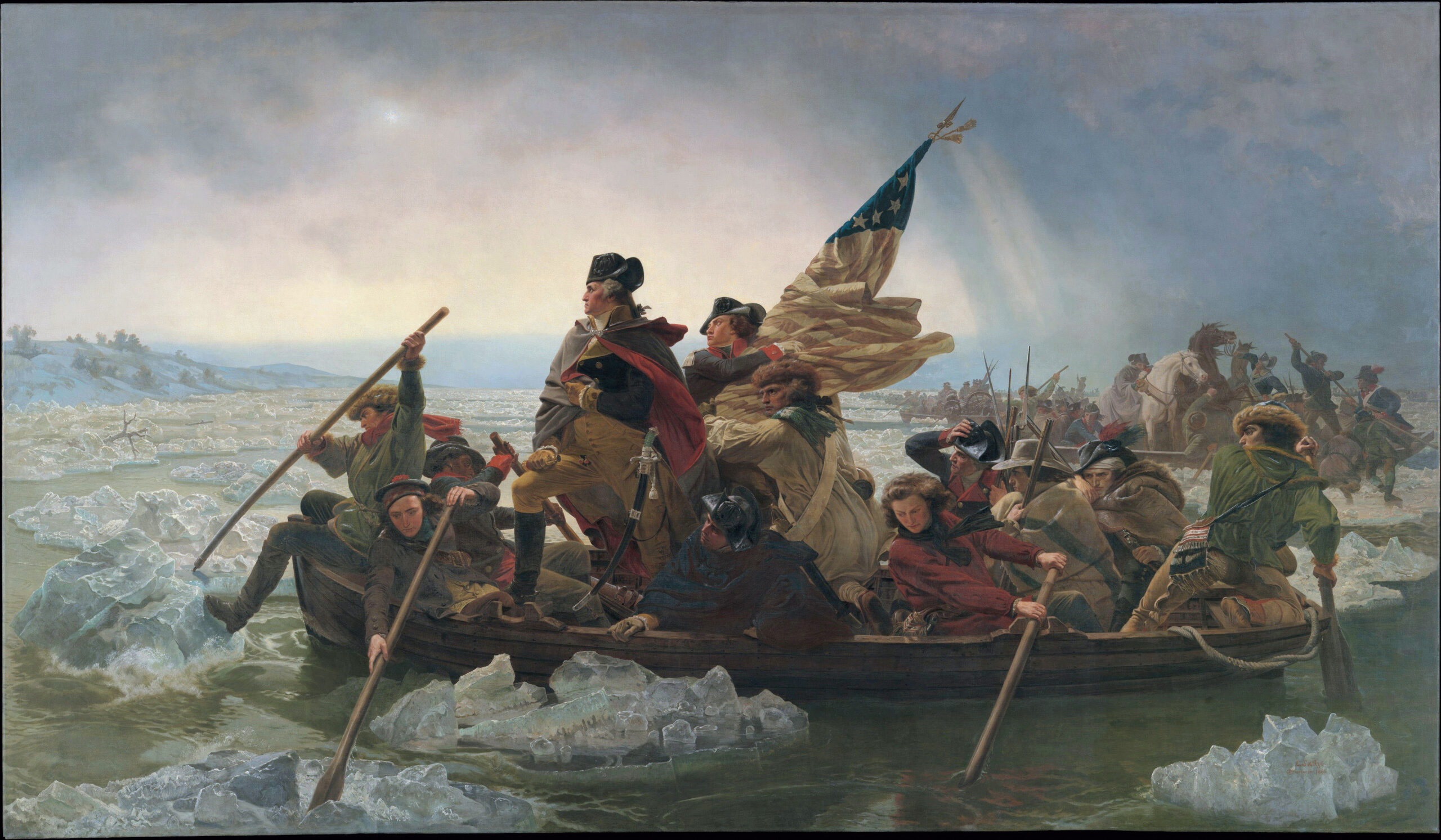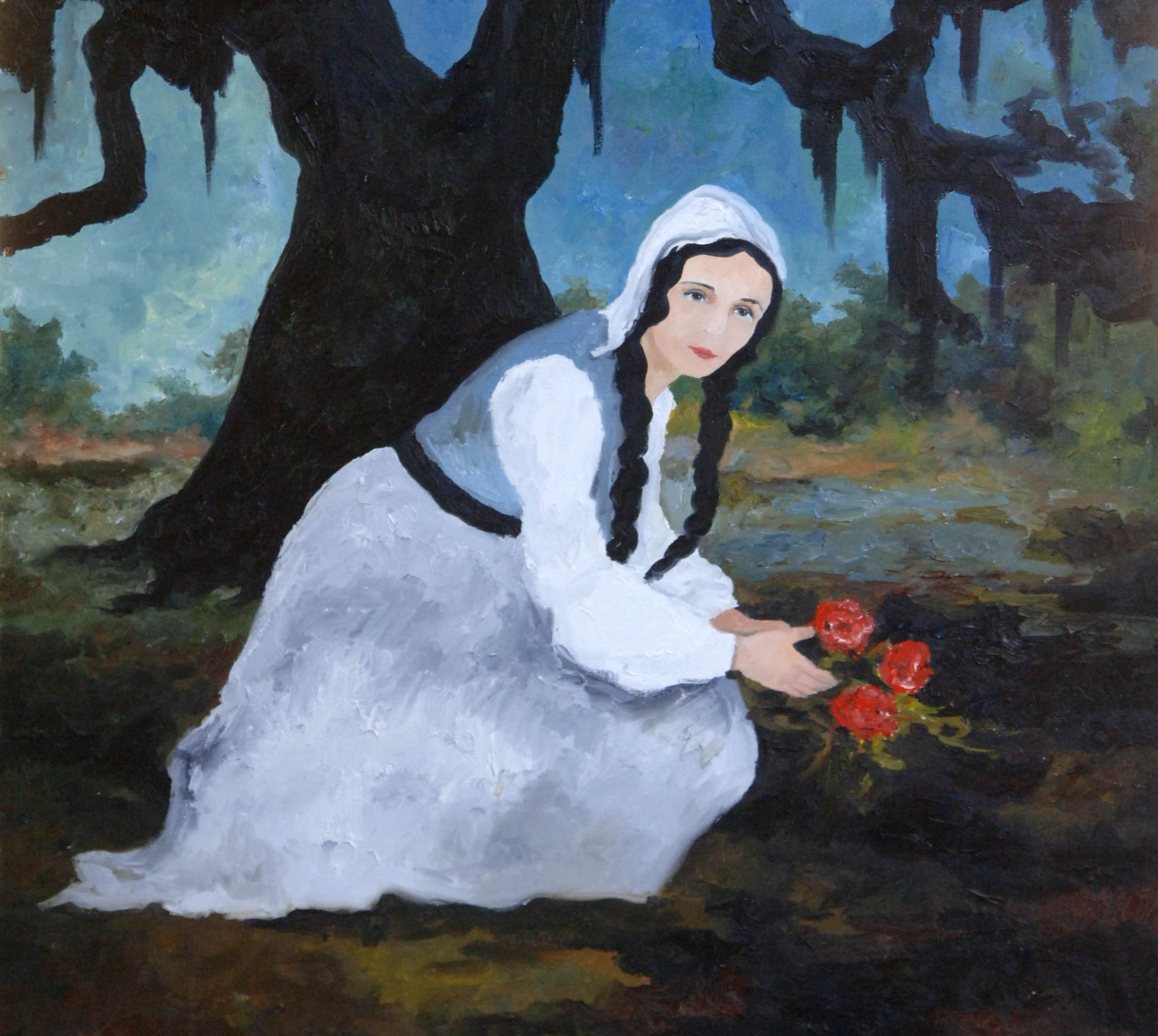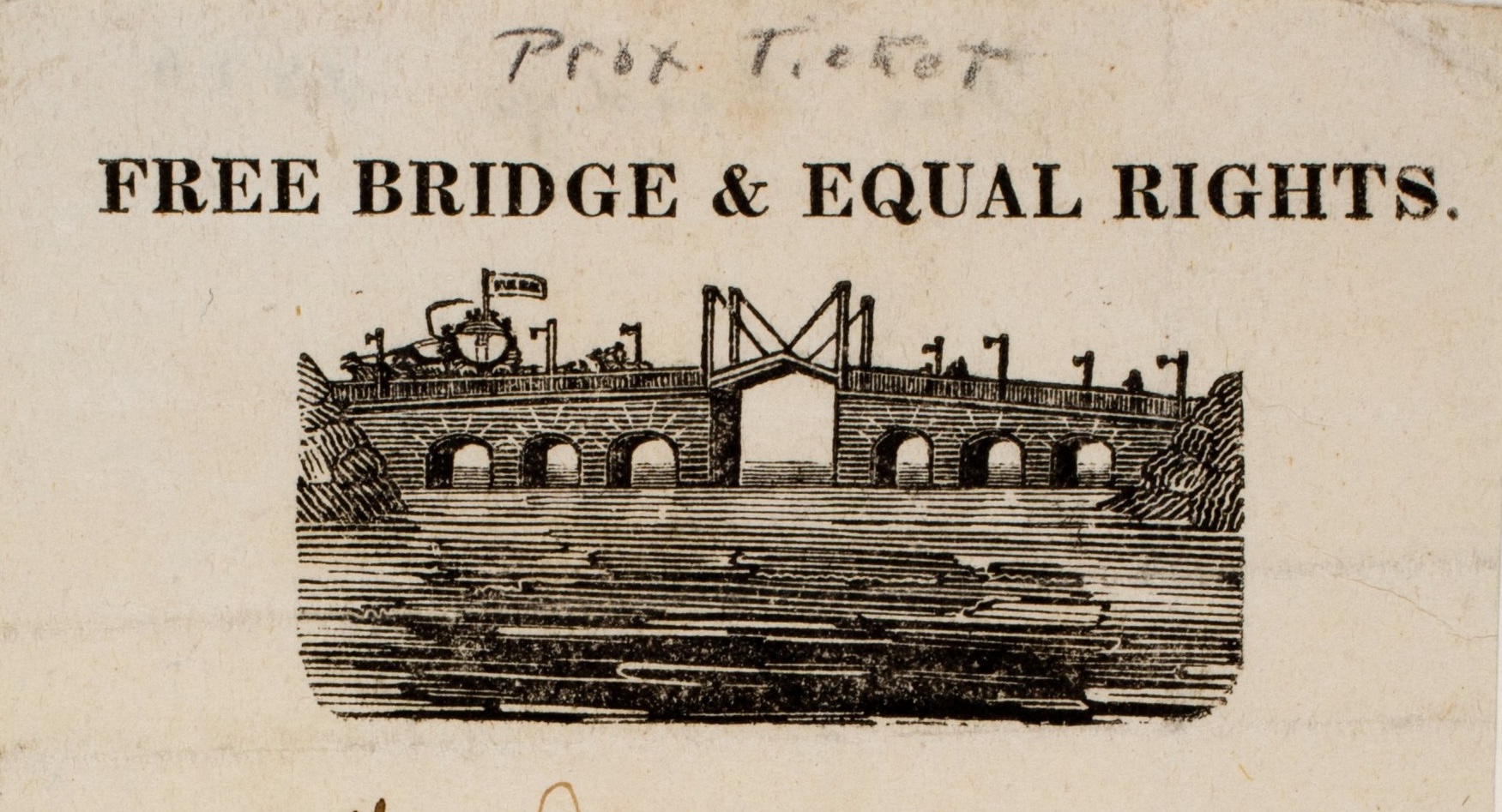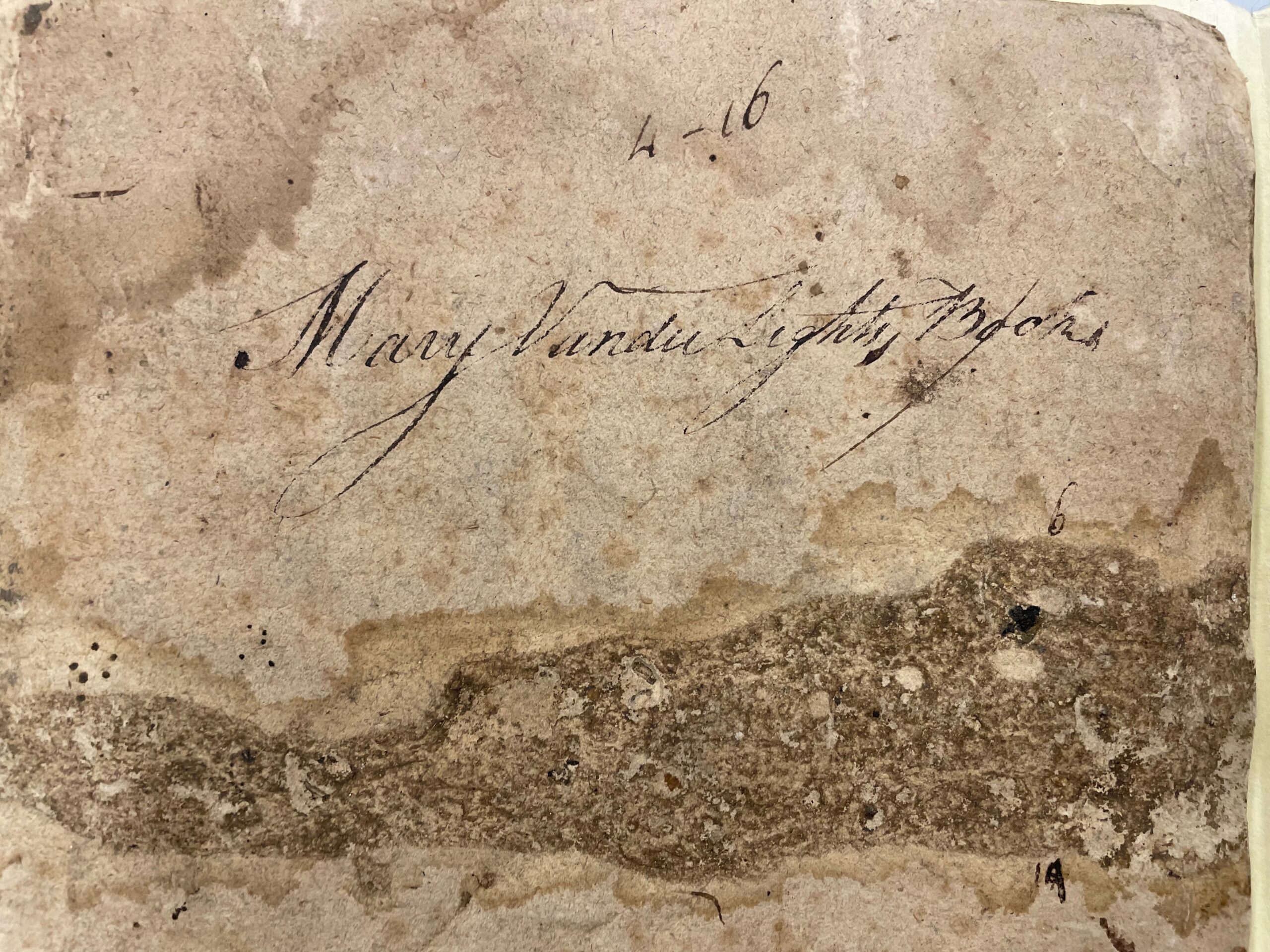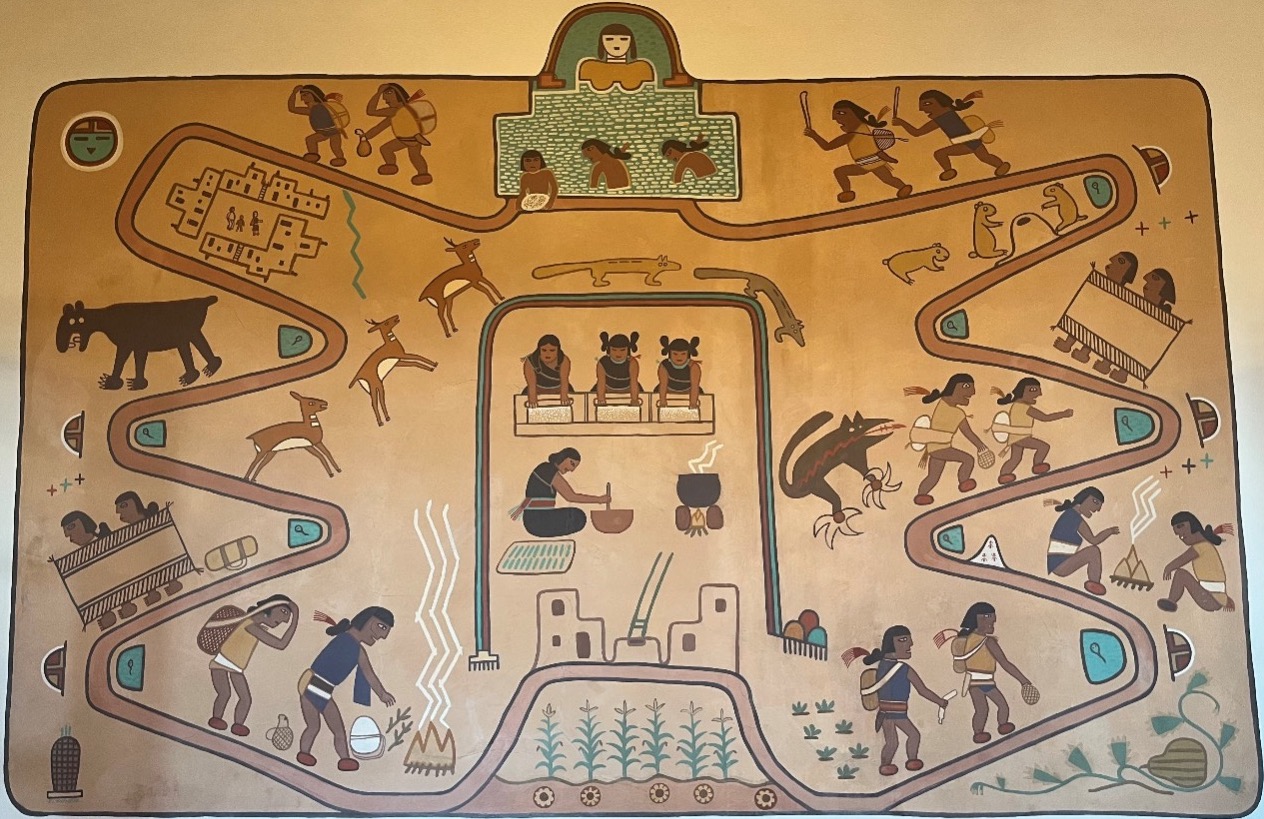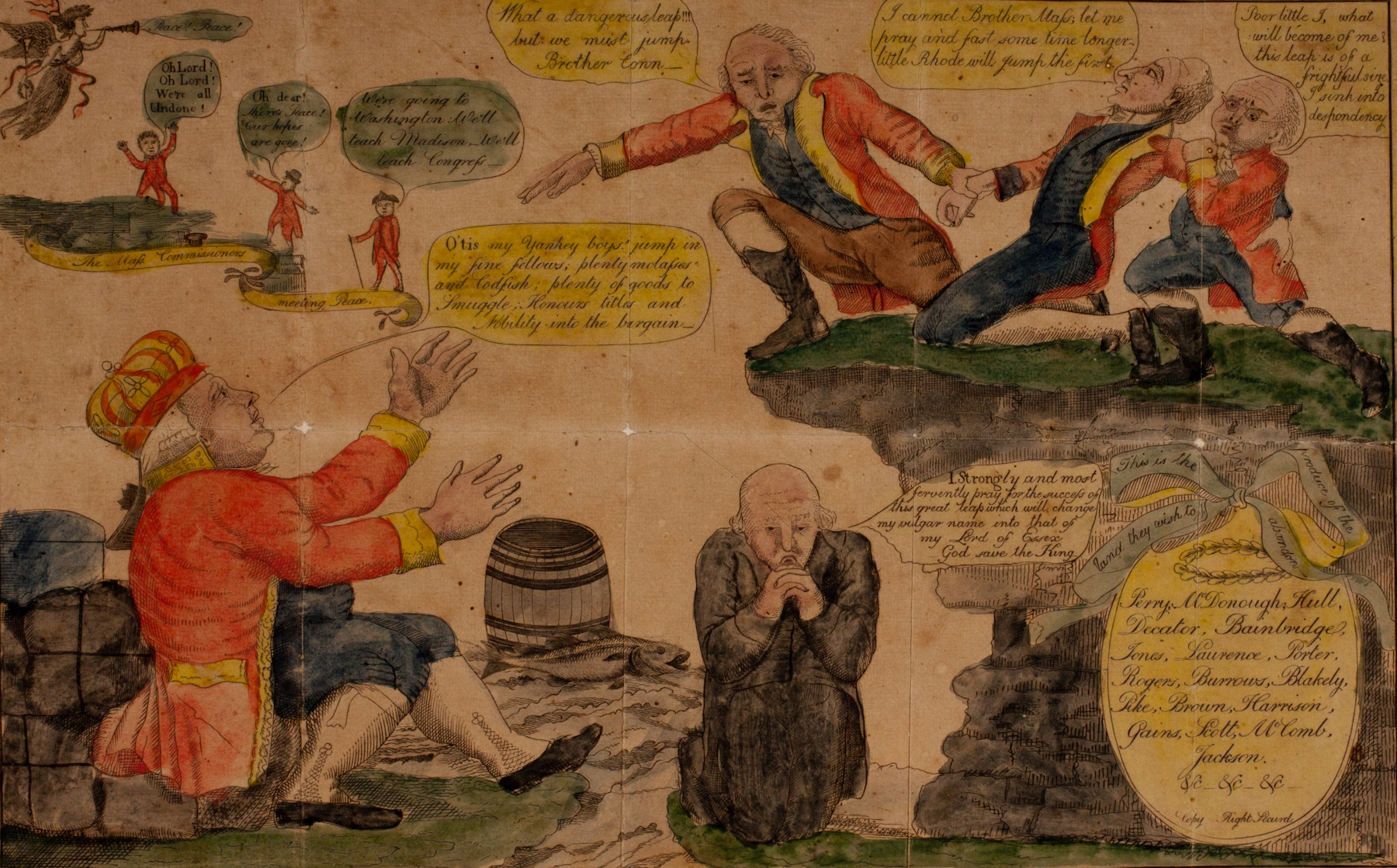“A beautiful . . . sun shone upon” the Unitarian meeting house in Uxbridge, Massachusetts on June 25, 1845. The writer for the Practical Christian—most likely its editor, Adin Ballou—continued, “the fair works of nature’s loveliness sparkled on all sides” of the commodious building, set to host the Worcester County Anti-Slavery Society’s Southern Division meeting that day. The “faithful little band of Abolitionists” anticipated a speech by Frederick Douglass, America’s most famous “prophet of freedom,” whose voice boomed toward the pews and echoed its way into the history of the small town. This meeting was at most a footnote in the story of Frederick Douglass—in fact, Uxbridge is not mentioned at all in any of Douglass’s autobiographies. Yet this event is memorialized with a large red sign outside the church building with an inscription that describes it as “the site of a speech given by Abolitionist Frederick Douglass in 1845.” The placement of the sign coincided with a massive renovation project led by the Uxbridge Historical Commission, and though there is no plan for the building’s use as of 2023, the commission felt “the entire town of Uxbridge” would benefit from restoring the structure, inside and out, that still dominates the town square.
Frederick Douglass and the “Faithful Little Band of Abolitionists” in Uxbridge, Massachusetts
This is the story of how a visit by Frederick Douglass to south-central Massachusetts, its leadup and aftermath, epitomizes the movement’s ability to spread in the region.
Why is this a source of pride for the small town? The sign echoes in some ways the mythologized view of rural New England’s role in abolishing slavery, especially the idea that many of the farmhouses owned by the region’s elite white citizens were “stations” on the Underground Railroad. While there were a few of these, including in Uxbridge, historians of the Underground Railroad understand that the interconnected webs of safehouses were centered in majority-Black communities in cities like Philadelphia, New York, Boston, New Bedford, Rochester, and Syracuse. When we dig deeper, however, there is an important part that rural New England played in the abolitionist movement—mainly that the number of people in the region willing to engage with the movement helped to tip the social and national political scales against slavery. This is the story of how a visit by Frederick Douglass to south-central Massachusetts, its leadup and aftermath, epitomizes the movement’s ability to spread in the region.
The weather and scenery matched the Practical Christian reporter’s optimism, and abolitionists could certainly have used a dose of optimism by the summer of 1845. National developments had only made the slave’s cause more dire, despite the rapid spread of abolitionist sentiment around the country’s northern half since the late 1820s. In particular, the dormant issue of Texas annexation had roared back into the abolitionists’ consciousness during the 1844 election season. Enslavers’ designs on expanding their territory into the former Mexican province brought out a host of abolitionist fears—among them, the prospect of reintroducing protection for slavery where it had been legally abolished (by Mexico), and the possibility that the sheer size of the state meant that as many as five new slave states could be carved out of it, flooding Congress with proslavery representatives and Senators to do enslavers’ bidding. Perhaps we can attribute the writer’s optimism to two factors. First, Uxbridge had already become a leader in rural abolitionism in New England, as we will see. Second, Frederick Douglass, famous now in New England, but soon to be the world’s most famous abolitionist, had arrived in town.
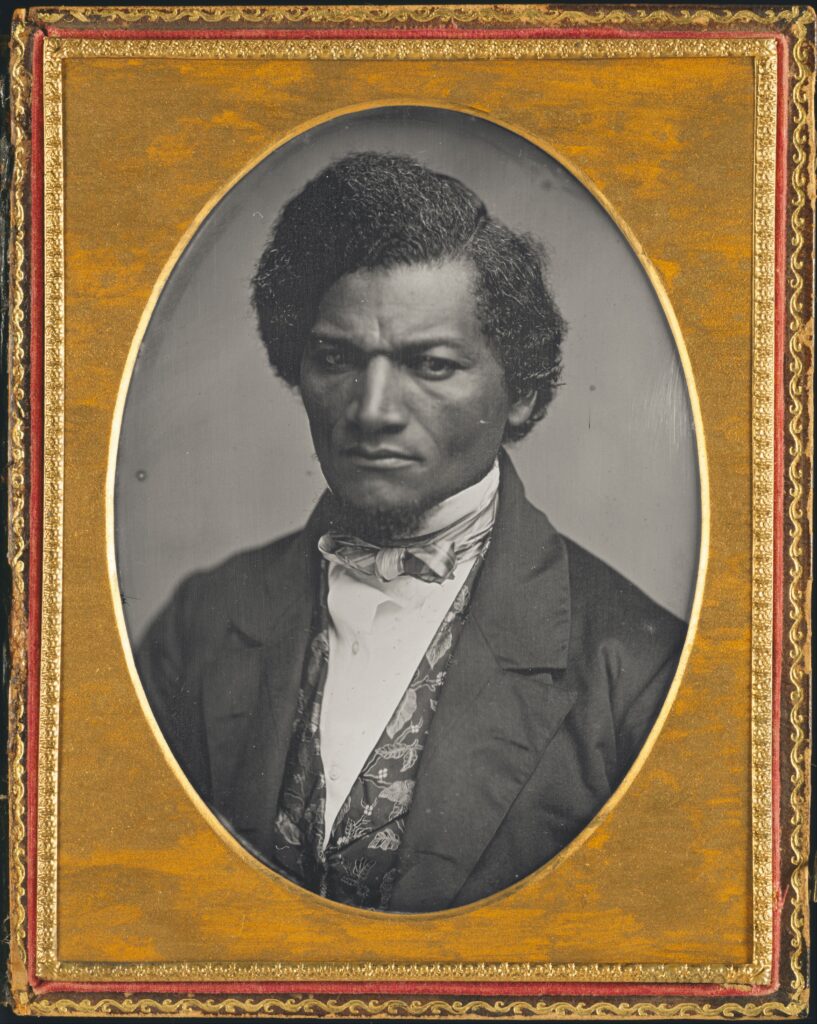
The abolitionist movement that radiated out from Black leadership in urban hubs in the 1830s had roots in rural New England, too. Black New Englanders from the countryside had signed up in large numbers to serve the American cause in the Revolutionary War. Enslaved people in rural Massachusetts, most notably Quock Walker and Elizabeth Freeman, held the state to its Revolutionary professions of liberty by suing for their freedom, winning it for themselves and all others enslaved in the state. The ideological makeup of rural Massachusetts towns in the early republic also created conditions favorable for the flowering of abolitionism. Small farming towns promoted personal independence, commitment to the prosperity of all in the community, and the notion that success should derive from the work of one’s own hands or enterprise. The way the system of slavery created dependent classes, funneled prosperity into the hands of few, and generated wealth from the forced labor of others were all antithetical to traditional rural New England values. While these professed values and the region’s Puritan disposition also paradoxically buttressed white supremacy, they nevertheless created a sizeable population amenable to abolitionist organizers who combed the state in the early 1830s, laying the groundwork for a robust movement.
Uxbridge was one such rural town that offered a sympathetic ear to the plight of the enslaved. There is no doubt that this was in large part because of its small Black population (30 people in 1830), which included refugees from slavery like Nancy Adams and entrepreneurs like Cato Willard. But Uxbridge’s churches also played a part. In rural New England, churches (especially Congregational churches) were often the only spaces in town that could hold large audiences, were located on town squares, and provided excellent venues for meetings at which to discuss the intersecting moral, spiritual, and secular matters of the day. The town in the early 1830s was dominated by two Congregational denominations located on opposite sides of the town square—the liberal and humanistic Unitarians, who were by nature inclined toward abolition, and the Evangelical group who, before 1842, had an anti-slavery pastor. Further, the southern part of the town was home to a Quaker meeting whose house was the only one in the region until the late 1830s. The Society of Friends had been the first predominantly white organization to embrace abolition, warming to the cause through its pacifist tenets and abhorrence of the violence that propped up slavery—and the Quakers counted among their adherents the town’s leading civic couple, Lydia and Effingham Capron, who would play an important role throughout the movement’s life.
On July 30, 1832, Arnold Buffum, a hatter by trade, a Quaker in belief, and a fiery speaker and organizer against slavery, gave an anti-slavery and anti-colonizationist speech to the “respectable . . . country village.” He was astonished when nearly all in the audience “cast their mite” and donated money to the New England Anti-Slavery Society. A year later, he found the town still interested in the plight of the “oppressed descendants of Africa,” and then on February 18, 1834, “THREE HUNDRED AND TEN” people signed on to the founding of the Uxbridge Anti-Slavery Society in the Evangelical Congregational church. Five months later, that core had grown to 450. Almost twenty percent of the town had joined!
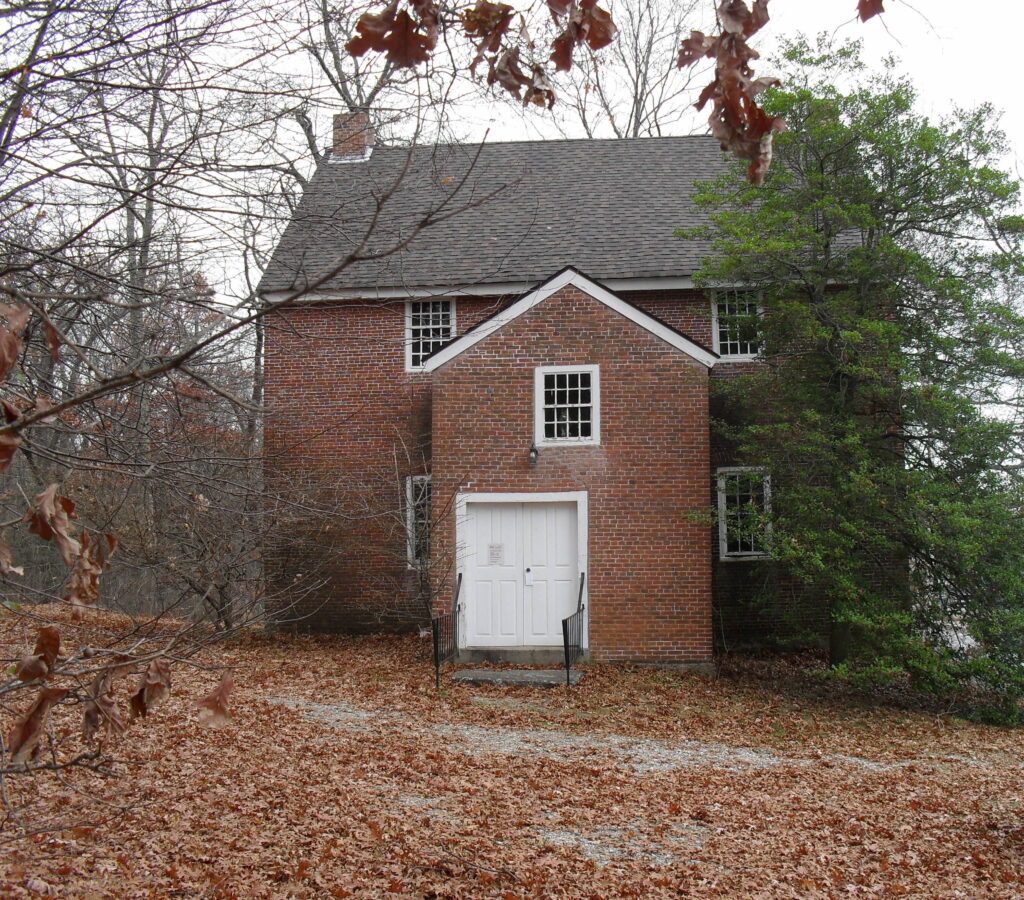
The second reason for the optimism of the person reporting on the 1845 meeting was that a refugee from slavery, Frederick Douglass, would be in attendance. Douglass was a studied and experienced orator, and had spent the past half-decade on the lecture circuit, employing the type of retail politics abolitionists were famous for—rousing small towns to action not only in the cause of the slave but also the cause of Black Northerners. Douglass had made many friends and endured many mobs (notably in the fight for Black suffrage in nearby Rhode Island). He had some experience with the Worcester County Anti-Slavery Society’s Southern Division, having attended at least a few of its meetings in the past. In early 1844, Douglass made a name for himself as a featured speaker on the American Anti-Slavery Society’s Massachusetts Hundred Conventions tour. However famous that made him, it was nothing compared to what he was on the verge of becoming: Douglass was now a man on the cusp of international stardom. In May of 1845, the autobiography he had been writing since the previous November went to press, and his astonishing story, the fierce denunciations of enslavers, the insightful critique of American hypocrisy, and the dazzling wit that had earned him renown in abolitionist circles could now be consumed in every library and parlor in the North. The Narrative of the Life of Frederick Douglass was “the most thrilling work which the American press ever issued—and the most important,” proclaimed the Lynn Pioneer, a “lifting of the veil,” according to the Liberator, “better evidence [of ‘the unspeakable wretchedness of the American slave’] than that of a walk around the plantation after dinner with its proprietor,” according to the Boston Courier. It “should be sold as fast as it can be printed,” proclaimed the National Anti-Slavery Standard. And it was.
With his Narrative flying off bookshelves in anti-slavery headquarters and elsewhere, Douglass appeared at the Unitarian meeting house in Uxbridge knowing that, despite being a now-famous fugitive, he would find a welcoming audience. Douglass addressed Reverend Austin Robbins’s Baptist congregation in Rogerson village, on the north side of town, on Tuesday evening, June 24, 1845, the night before the Worcester County’s subdivision’s meeting. The next day, that beautiful early summer sun bathed the Unitarian church about a mile south as Effingham Capron gaveled the meeting to order in front of a “large crowd.” Some of the most famous white and Black abolitionists were there: William Lloyd Garrison, Samuel J. May, Stephen S. Foster, and Charles Lenox Remond, to name a few.
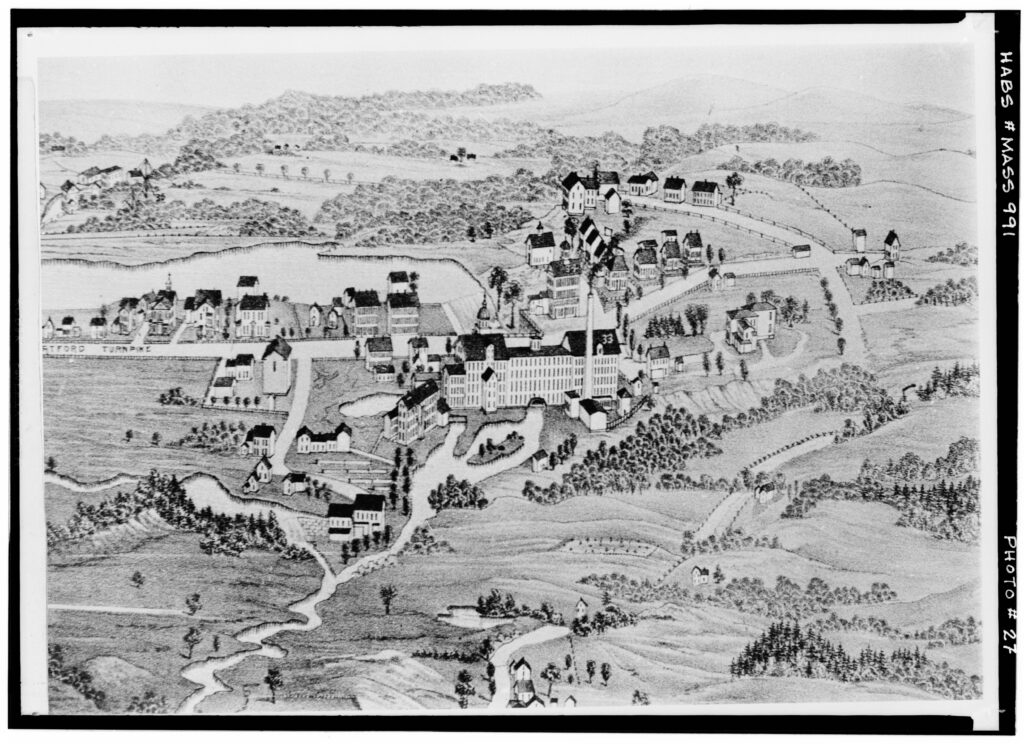
Douglass rose that evening to “represent the slave,” speaking “as no one can, who has not felt the cold steel of oppression piercing the soul.” Alluding to his status as a fugitive, he referred to himself as “an outcast, without protection, living in the midst of monuments reared to liberty.” American steeples, he said, towered to heaven, and yet the country held him and millions of others as slaves—an image “touching beyond description.”
He reserved especial ire for Uxbridge’s Evangelical Congregationalist minister, John Orcutt. Unlike the previous minister who had lent his church to the founding meeting of the Uxbridge Anti-Slavery Society, Reverend Orcutt was a colonizationist—someone despised by abolitionists and one who argued for the “speedy removal” of Black Americans to Africa. The week before the meeting, Orcutt had warned his parishioners against attending the meeting across the town square in the Unitarian church. “If I go bleeding and panting,” Douglass said, “fugitive as I am, to yonder Orthodox church, I am bolted out by your Rev. Mr. Orcutt.” “Shame,” said one of the other ministers, a shout that was echoed through the church “with becoming indignation.” This was a pressing reminder that in Uxbridge, as elsewhere in rural New England, abolitionist sentiment, though predominant in many places, was certainly not universal.
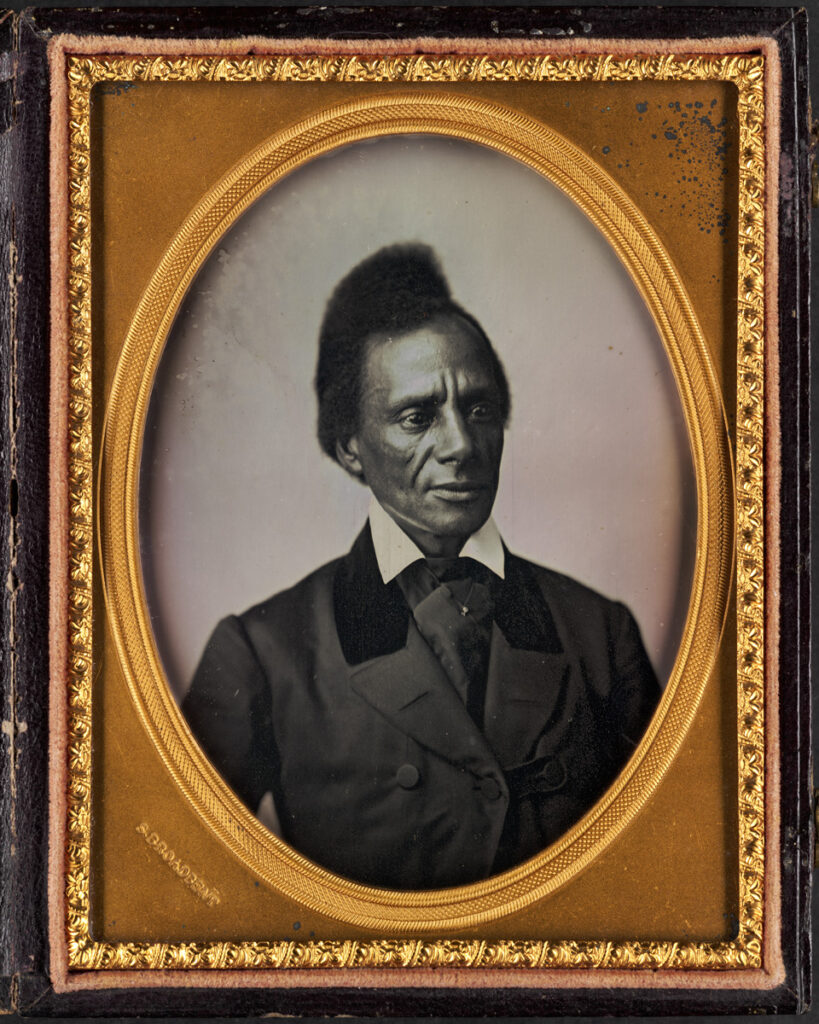
Later that evening, the meeting was addressed by Charles Lenox Remond, a staunch activist who embodied the “hard core” of abolitionism’s twin goals: the immediate end of slavery and civil and political rights for Black Americans. Not yet given the scholarly attention he deserves, Remond came from a family steeped in anti-slavery activism and had been, according to historian Manisha Sinha, the first Black lecturer in favor of immediate abolition. He also spoke against racism and segregation, which were prevalent in the North despite the end of slavery, and in favor of equal rights for women. He, along with Garrison, protested the fact that women were not seated as delegates at the World’s Anti-Slavery Fair in London in 1840 by sitting with the women in the galleries to which they were relegated. In Uxbridge, the commentator covering the meeting wrote that Remond spoke with “eloquence and power,” recounting the “historical facts of the political aggressions of the tyrant South upon our rights as men, regardless of complexion.” Remond spoke twice more the next evening, closing the meeting with “a feeling testimony to the kind treatment which he, as a colored man, had received in Uxbridge.”
Summing it up, the Practical Christian writer called it “one of the happiest and most profitable Anti-Slavery gatherings I ever attended.” The writer also took the time to excoriate John Orcutt, the Congregationalist minister, labeling him a cajoling, “designing priest” who, “by the aid of garbled extracts from the doings and writings of Abolitionists . . . endeavoured to sustain his charge” that abolitionists were infidels. “Such craven conduct will not always close the ear against us,” and that appeared to be the truth: “ . . . among the numerous multitude in constant attendance at our meeting, the testimony was, it is good to be here.”
The writer then ended with a few telling lines. “Uxbridge,” the Practical Christian trumpeted, “is destined to be a green spot in the Anti-Slavery enterprize. Again will the Liberty Ball be rolled through this village; and as auxiliary to this, I predict this successful Convention will realise our highest anticipation.” The “Liberty Ball” is a clear allusion to the abolitionist Liberty Party, a political party which, though still small even by third-party standards, had made quite a name for itself in the most recent national election—possibly even denying Henry Clay the presidency. Just weeks after the meeting discussed here, another abolitionist meeting came to Uxbridge, this one organized by the Liberty Party, and again, Uxbridge residents showed up “en masse.” It was the “best meeting of the kind—some say the very best—they ever attended.” The meeting passed resolutions declaring it “obligatory” that abolitionists exercise their rights at the ballot box, and withdraw their support from political parties and churches who in any way supported the system of slavery. Tellingly, these passed over the opposition of John Orcutt, who attended the meeting presumably to disrupt it.
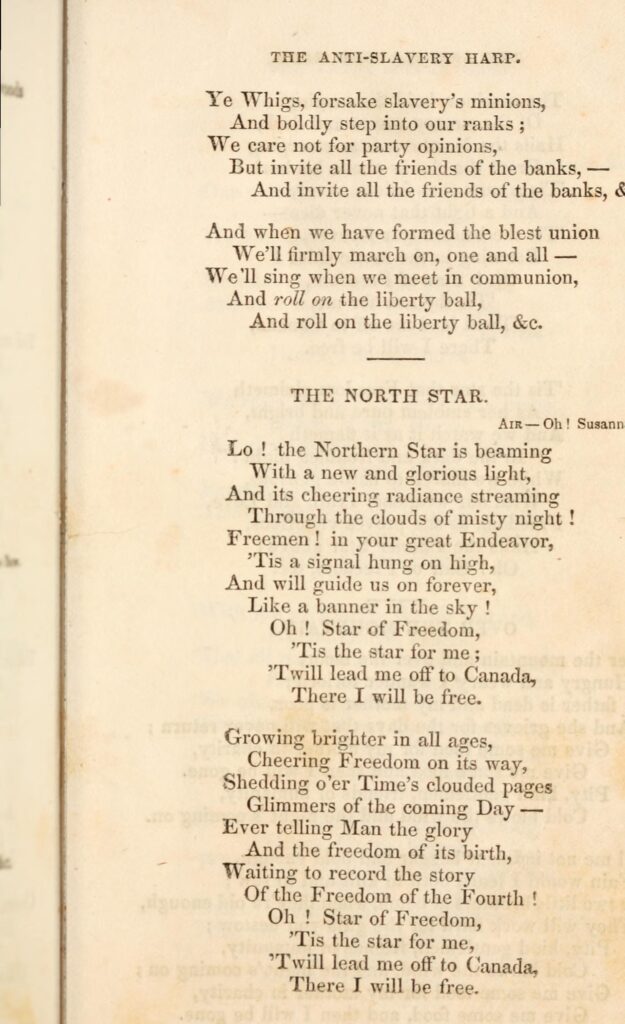
In subsequent years, Uxbridge saw other refugees from slavery speak out publicly against the institution. In 1848, John S. Jacobs and another unnamed man originally enslaved in Virginia discussed their escapes from the “prison-house” of the US South. In October 1849, Henry “Box” Brown described to an Uxbridge audience his harrowing, if creative, escape just over six months earlier—he had concealed himself in a box and had himself shipped from Richmond, Virginia, to an anti-slavery office in Philadelphia. Famous orator Sojourner Truth came to the Unitarian church the following year, “a lot of thanks” being “cordially given” to the church and town by Truth.
What does Frederick Douglass’s speech to Uxbridge’s “faithful little band of Abolitionists” teach us? The first thing is that Uxbridge, like other rural New England towns, was perhaps naturally inclined toward growing the abolitionist movement once it came because of the region’s cornerstone ideals of independence, morality, and communal nature. Douglass found fertile ground there, as evidenced by both his willingness to visit despite his legal status as a fugitive, and the tangible effect he had on the town. Finally, and perhaps most importantly, despite rural New England being overwhelmingly white, the influence of Black New Englanders—by circumstance like Frederick Douglass and other refugees from slavery, and by birth like Charles Lenox Remond—is clear and should be centered if we are to tell the full story of the contribution of rural New England, and small towns like Uxbridge, to the movement to abolish slavery. A large red sign facing the town square and the preservation of such an important space are good first steps. But the way we remember the stories like these needs further fleshing out if we are to recognize the true meaning and impact of abolition in rural New England.
Further Reading
Secondary Sources
David Blight, Frederick Douglass: Prophet of Freedom (New York: Simon & Schuster, 2018).
Christopher Clark, The Roots of Rural Capitalism: Western Massachusetts, 1780-1860 (Ithaca: Cornell University Press, 1990).
Mary Babson Fuhrer, A Crisis of Community: The Trials and Transformation of a New England Town, 1815-1848 (Chapel Hill: University of North Carolina Press, 2014).
James and Lois Horton, In Hope of Liberty: Culture, Community, and Protest Among Northern Free Blacks, 1700-1860 (New York, NY: Oxford University Press, 1997).
Daniel Walker Howe, What Hath God Wrought: The Transformation of America, 1815-1848 (New York: Oxford University Press, 2007).
Dorothy Sterling, Ahead of Her Time: Abby Kelley and the Politics of Anti-Slavery (New York: W.W. Norton & Co., 1991).
Manisha Sinha, The Slave’s Cause: A History of Abolition (New Haven: Yale University Press, 2016).
Unitarian Congregation of Uxbridge and Mendon, “Church History from 1668-1994” (https://ucmu.org/history).
Primary Sources
Henry Chapin, Address Delivered at the Unitarian Church, in Uxbridge, Mass., in 1864 (Worcester, MA: Press of Charles Hamilton, 1881).
Frederick Douglass, Narrative of the Life of Frederick Douglass, an American Slave. Written by Himself (Boston: Published at the Anti-Slavery Office, 1845).
Frederick Douglass, My Bondage and My Freedom (New York and Auburn: Miller, Orton & Mulligan, 1855).
Frederick Douglass, Life and Times of Frederick Douglass, Written by Himself (Boston, MA: De Wolfe & Fiske Co., 1892).
The Emancipator (newspaper).
The Liberator (newspaper).
The Practical Christian (newspaper).
This article originally appeared in June 2023.
C. J. Martin is a research historian at Old Sturbridge Village and teaches at the University of Massachusetts Amherst, Emerson College, and the Rhode Island School of Design. His forthcoming book is entitled Our Earnest Remonstrance: Race, Citizenship and Voting Rights in New England, 1770-1843. His research more broadly examines the voices of Black New Englanders in the Early Republic, and the role they and abolitionists played in shaping the politics of the era.



